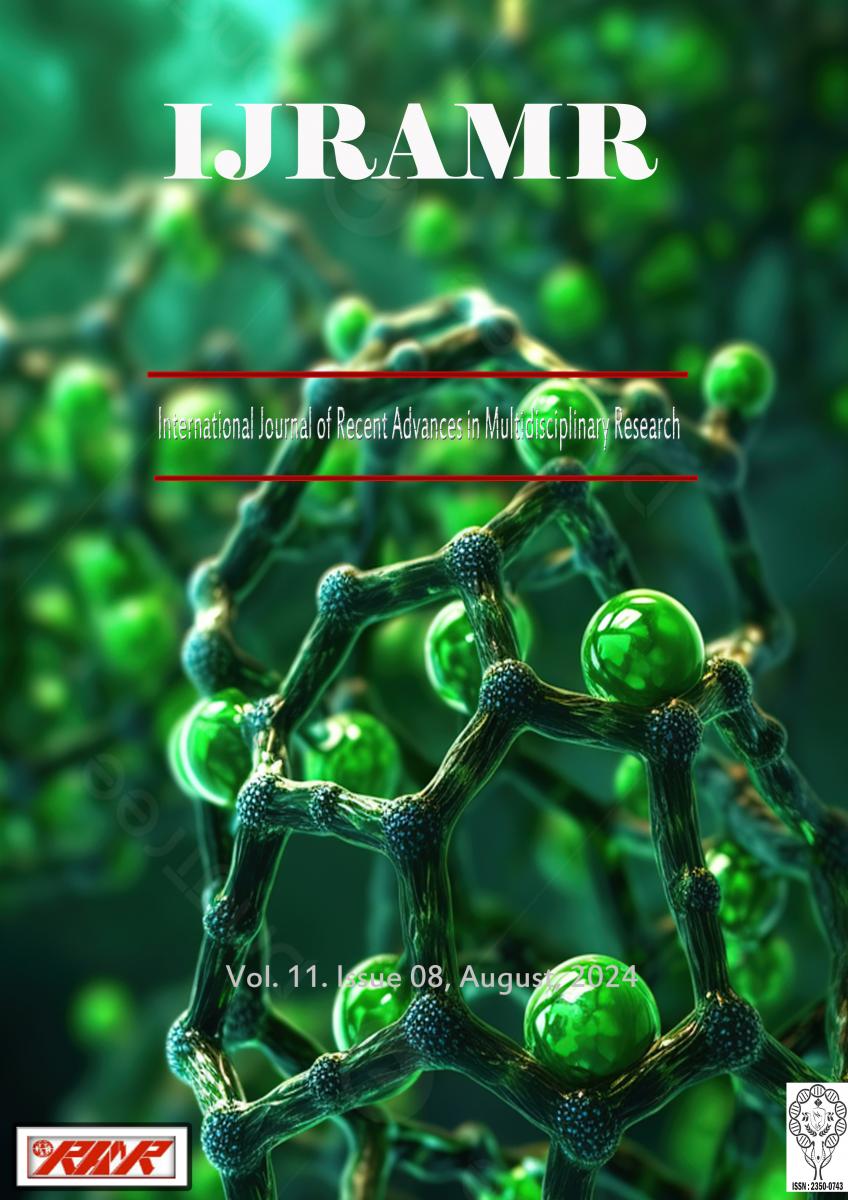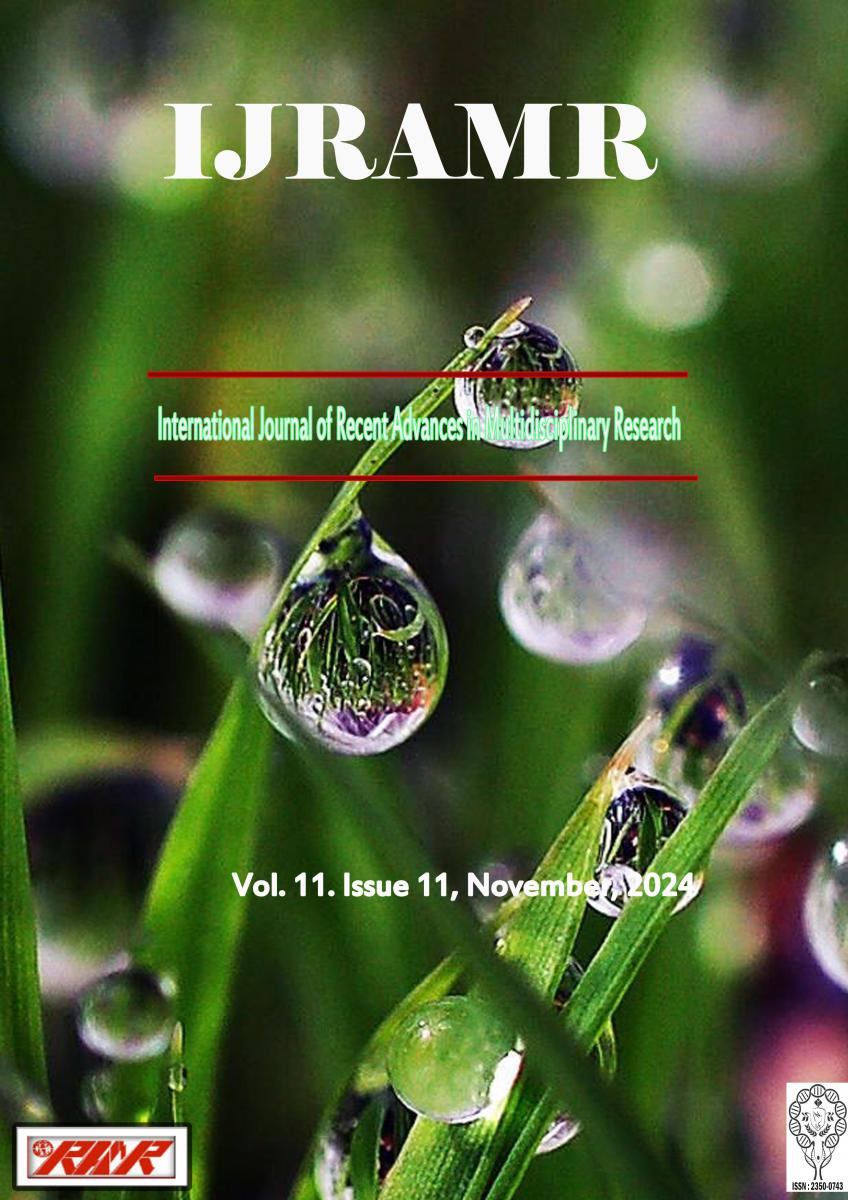Assessment of host-plants and their interaction with the different species of butterflies in gir protected area, Gujarat, India
The present study is based on host-range and food preferences of butterflies, encountered in and adjacent to the Gir National Park, Gujarat, India. The larval host plants of 67 butterfly species were identified and their host specificity, abundance, perennation were recorded. Out of 74 host-plants, 22 were identified as annuals, 3 bi-annual and 49 perennials. These plant species are further categorised as to belong to different plant categories which include 21 trees, 22 herbs, 24 shrubs, 6 Climbers and one species of plant parasite.






